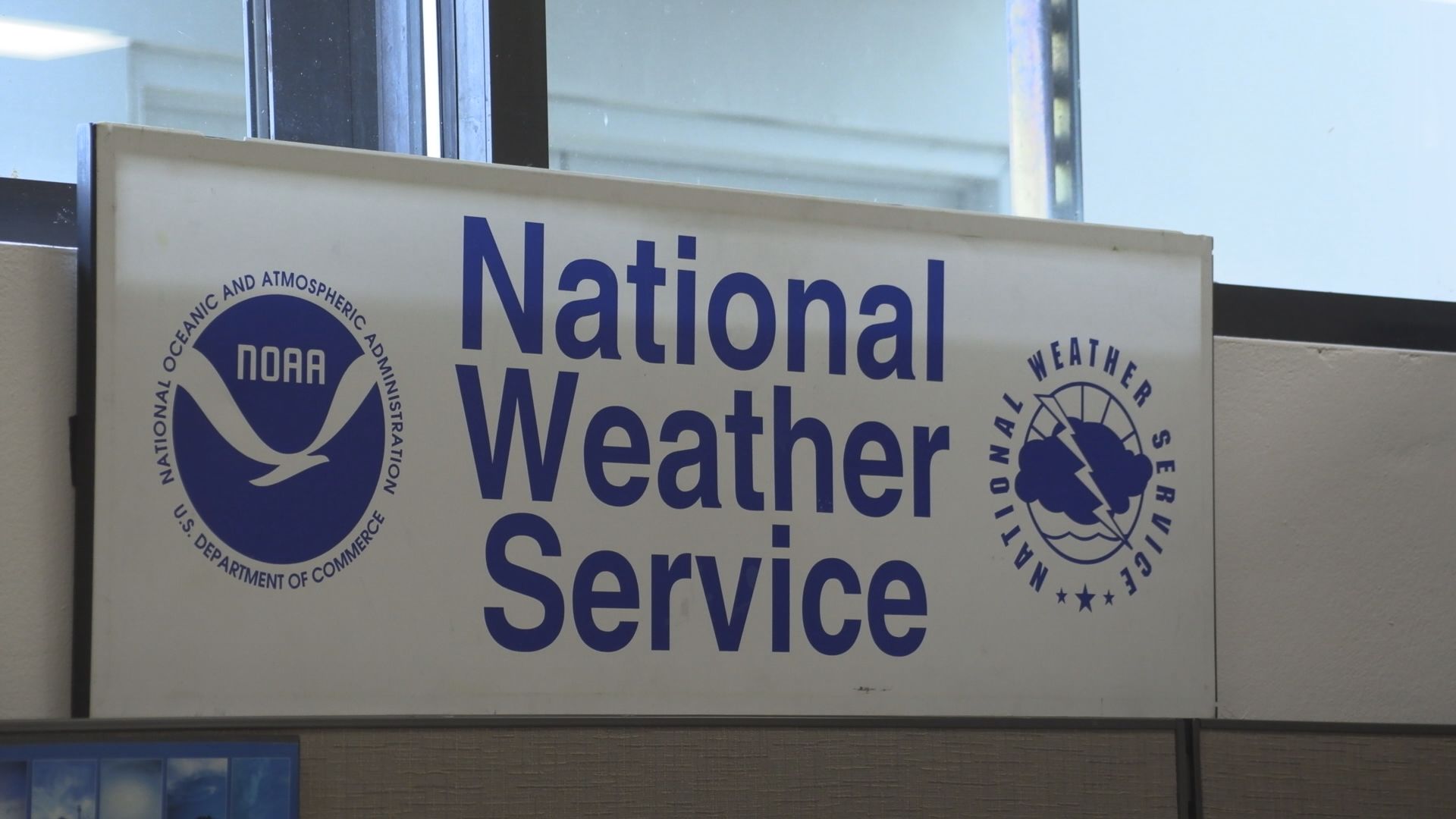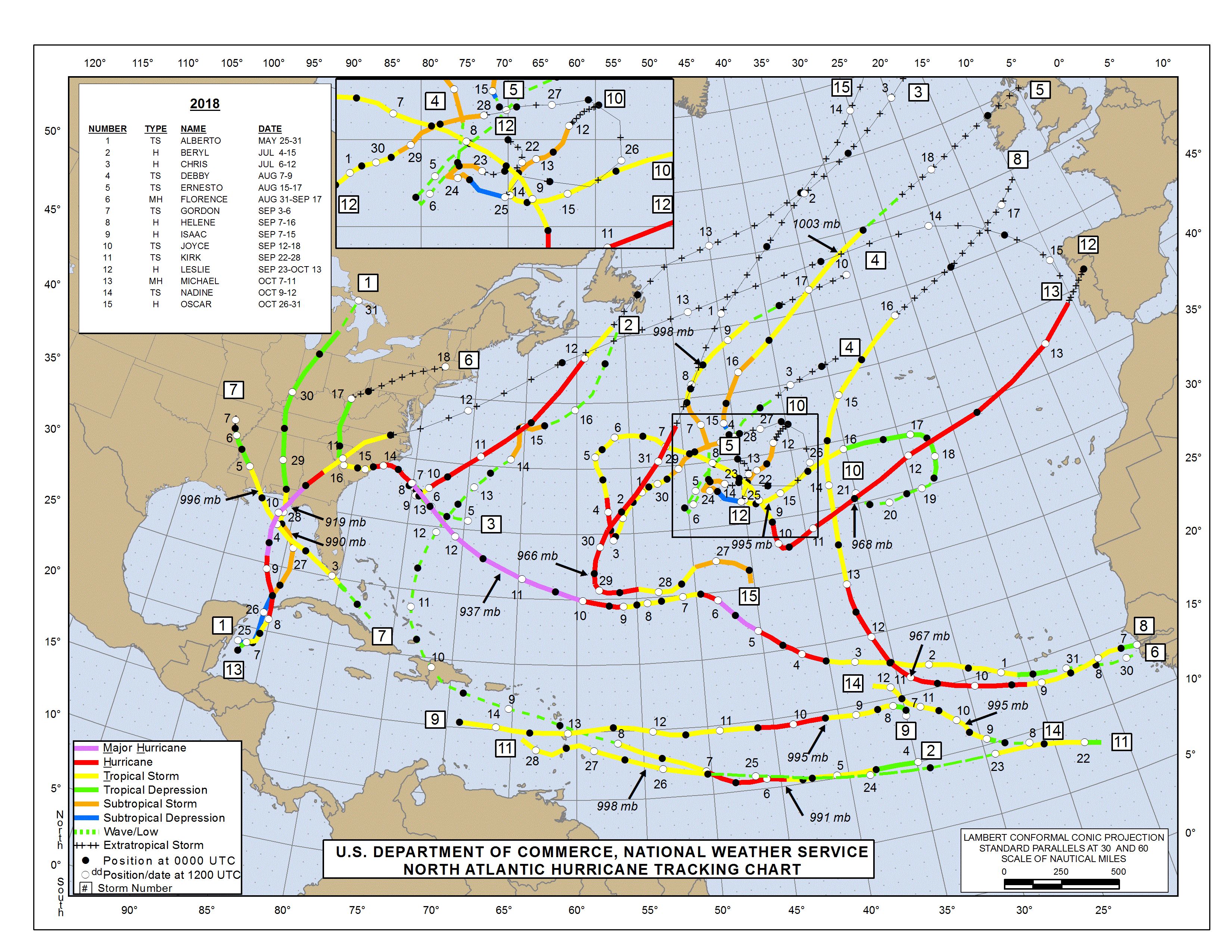Historical Hurricane Data
![]()
Hurricane tracker – Hurricanes are powerful storms that can cause widespread damage and loss of life. Historical data provides valuable insights into hurricane patterns and trends, helping us better prepare for future events.
Watching the hurricane tracker, I’m reminded of the relentless spirit of jalen hurts , a quarterback known for his resilience and unwavering determination. Just as the hurricane tracker relentlessly tracks storms, so too does Hurts relentlessly pursue victory, inspiring his team and fans with his indomitable will.
The hurricane tracker serves as a poignant reminder of the power of perseverance, both in the face of natural disasters and the challenges we face in life.
The table below presents historical hurricane data, including date, name, category, and landfall location. This data highlights the frequency and intensity of hurricanes over time.
In the face of impending storms, the hurricane tracker stands as a beacon of vigilance, monitoring the movements of nature’s fury. Amidst the turbulence, the spotlight falls on pittsburgh steelers brandon aiyuk , whose resilience echoes the spirit of the tracker.
Just as the tracker relentlessly follows the path of the storm, we follow the trajectory of Aiuk’s career, eagerly anticipating his triumphs on the gridiron. The hurricane tracker remains our guide, a constant reminder of the forces at play, both on the field and in the relentless embrace of nature.
Trends and Patterns in Hurricane Activity
- The Atlantic hurricane season typically runs from June 1st to November 30th, with peak activity occurring in August and September.
- The number of hurricanes formed each year varies, with an average of 12 named storms and 6 hurricanes reaching the United States coastline.
- Hurricane activity has increased in recent decades, attributed to factors such as rising sea temperatures and changes in atmospheric circulation patterns.
Most Destructive Hurricanes in History, Hurricane tracker
Some of the most destructive hurricanes in history include:
- Hurricane Katrina (2005): Category 5 hurricane that devastated New Orleans and the Gulf Coast, causing over 1,800 deaths and $160 billion in damages.
- Hurricane Maria (2017): Category 5 hurricane that ravaged Puerto Rico, causing widespread power outages and infrastructure damage, resulting in over 3,000 deaths.
- Hurricane Andrew (1992): Category 5 hurricane that struck South Florida, causing $65 billion in damages and leaving over 250,000 people homeless.
Real-Time Hurricane Tracking: Hurricane Tracker

Real-time hurricane tracking involves monitoring the current location and path of active hurricanes. This information is crucial for disaster preparedness and response efforts, as it allows authorities and individuals to make informed decisions regarding evacuation and safety measures.
Hurricane tracking technology utilizes a combination of data from weather satellites, radar systems, and weather stations to determine the storm’s position, intensity, and projected trajectory. These systems provide continuous updates on the hurricane’s wind speed, atmospheric pressure, and movement.
Accuracy and Limitations
While hurricane tracking technology has significantly improved in recent years, it is important to recognize its limitations. Factors such as the storm’s size, shape, and interaction with the surrounding environment can introduce uncertainties in the forecast. Additionally, the accuracy of the tracking data is influenced by the availability and quality of real-time observations.
Hurricane Preparedness and Response

Hurricanes are among the most powerful and destructive forces of nature. They can cause catastrophic damage to property and infrastructure, and they can also lead to loss of life. Being prepared for a hurricane is essential to staying safe and minimizing the impact of the storm.
Evacuation Plans
One of the most important things you can do to prepare for a hurricane is to develop an evacuation plan. This plan should include:
- A list of evacuation routes
- A designated meeting place outside of the evacuation zone
- A plan for how to communicate with family members if you are separated
- A list of essential items to take with you
Emergency Supplies
In addition to an evacuation plan, you should also assemble an emergency supply kit. This kit should include:
- Water (one gallon per person per day)
- Food (non-perishable items such as canned goods, granola bars, and energy drinks)
- First-aid kit
- Flashlight
- Radio
- Whistle
- Cash
- Important documents (such as passports, birth certificates, and insurance cards)
Safety Measures
During a hurricane, it is important to take steps to stay safe. These steps include:
- Staying indoors
- Boarding up windows
- Securing loose objects
- Avoiding flooded areas
- Listening to the radio for updates
- Following the instructions of local officials
Hurricane Response
After a hurricane, it is important to respond quickly and effectively. This response should include:
- Checking for injuries
- Assessing damage
- Contacting insurance companies
- Applying for disaster assistance
- Cleaning up debris
- Rebuilding homes and businesses
Role of Technology
Technology can play a vital role in improving hurricane preparedness and response. For example, weather forecasting technology can help to predict the path and intensity of hurricanes, and this information can be used to evacuate people from danger. Communication technology can also be used to keep people informed about the storm and to help them stay connected with family and friends.